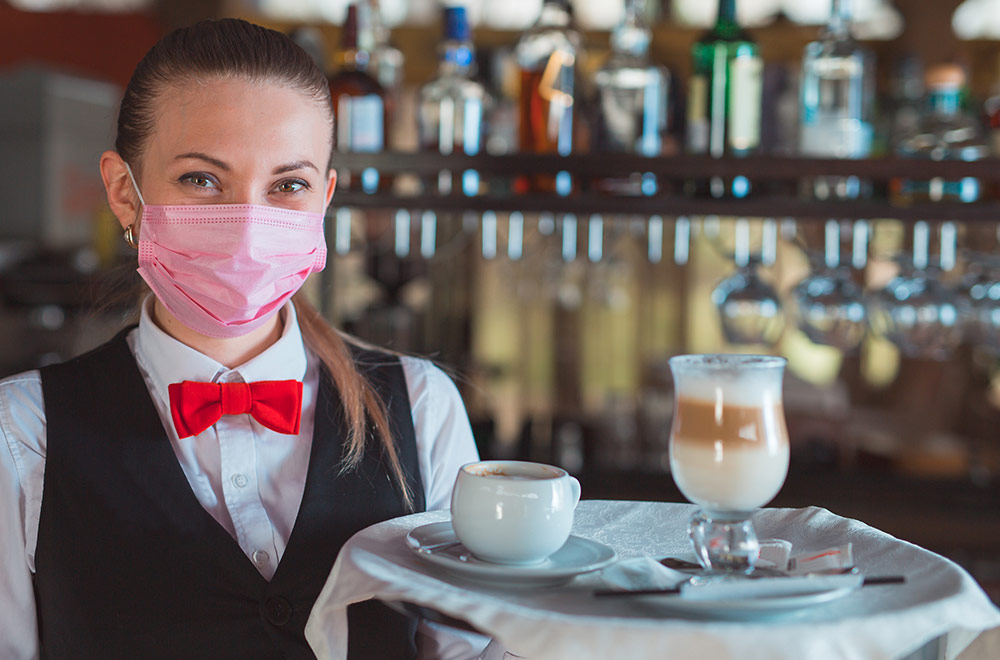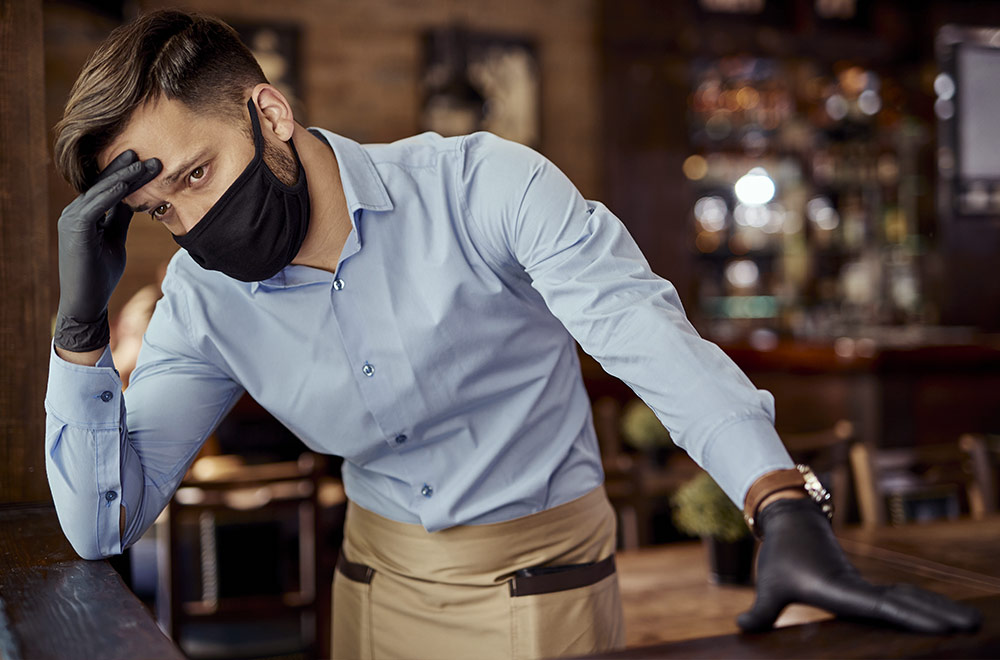As COVID-19 continues to spread throughout the country, there is a chance one of your employees could be diagnosed. As a business owner, it’s important to understand the correct protocols to take in order to ensure the health and safety of your staff and customers. We suggest following the Centers for Disease Control and Prevention (CDC) guidelines and putting an action and communications plan in place. Your restaurant’s plan can include:
Communicate directly with your staff
It is vital to show your support and concern for all of your staff’s safety and health during this unpredictable time. Whether it’s mandated by your local government, or just the right thing to do, we encourage you and your teams to adopt a series of cleaning and safety measures to keep your staff and guests as safe as possible.
If one of your employees is diagnosed with coronavirus, we encourage you to make sure they’re taking the right steps to quarantine until a negative diagnosis is reached. It’s also pertinent to confirm that the infected employee has access to necessary healthcare. Also, communicate to your entire staff who came into contact with the employee so they can monitor their health and quarantine if they don’t feel comfortable coming back to work.
Deciding to close your doors
The decision to close down or to remain open is in the hands of the restaurant owner/manager. As of now, there are no government-mandated actions that force restaurants to close if an employee is diagnosed with COVID-19.
If you choose to close down your restaurant for a period of time, we suggest using that time to do a deep cleaning and increase your safety measures and protocols. Make sure all employees understand the steps you are taking to ensure top safety and health standards upon reopening.
If you choose to stay open, we suggest taking each employee’s temperature at the start of their shift and to not allow any employee in the restaurant with a fever or any sickness symptoms. Look to supplement your staff who are sick with new hires or those you may have put on furlough.
Communicate with customers
As always, it’s a good idea to keep an open line of communication and transparency with your customers. Assure your patrons that you’re taking all the necessary precautions to create a safe restaurant environment. Reiterate on your website, emails, and social media pages that this issue was uncovered because you are regularly and diligently monitoring your staff. If you do decide to close your doors for a certain period of time, upon reopening, use your social media channels, email lists, and website to communicate when you will be open. It’s also a smart idea to list out what specific safety measures you have in place (temperature checks, social distancing, employee testing, etc.) to ease customers’ trepidation for when you open your doors. Also, you can update all of your restaurant’s delivery, takeout, and marketing collateral/platforms too.

Enforce new safety procedures
During the coronavirus era it’s crucial to determine new ways to protect the safety and health of all the people who enter your restaurant’s doors. Examples of new restaurant protocols can include:
- Taking all employees’ temperatures when they arrive for their shift and again before the restaurant opens for service, logging the results daily.
- Requiring employees to wear a protective shield or face mask at all times when they are at your establishment.
- Allowing anyone who is feeling ill to stay home, no exceptions.
- If employees are sick with symptoms of COVID-19 or a fever, they must self-quarantine for 14 days or provide a negative test result before returning to work.
- Constant coaching on handwashing and sanitizing.
- Providing disposable single-use menus at each table.
- Showcasing welcome signs that reference table cleanliness and safety precautions.
- Placing personal sanitizers on each table and at each service station.
- Clearly display social distancing markers on floor.
Be sure to regularly visit our free resource section dedicated to advising restaurants on how to navigate the changing rules and regulations during the COVID-19 pandemic.






